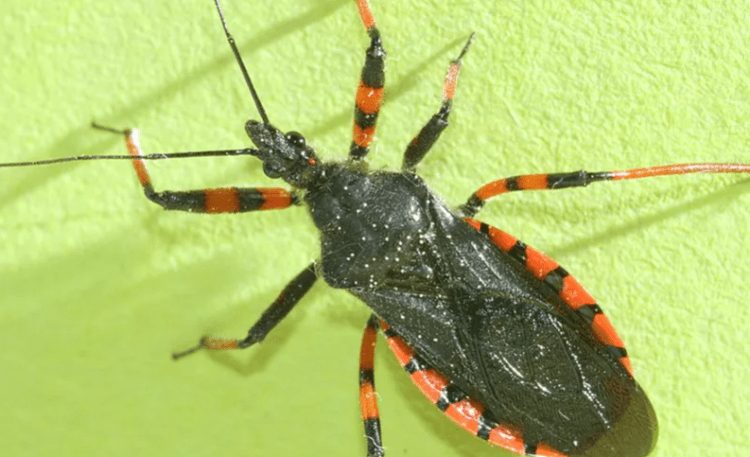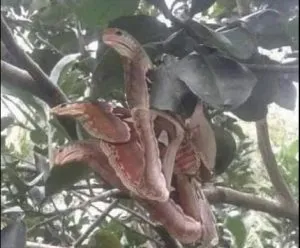Ultimate Guide to Assassin Bugs: Nature’s Pest Control Predators
What Are Assassin Bugs?
Assassin bugs, members of the Reduviidae family, are beneficial insects that play a vital role in controlling garden pests. Known for their predatory skills, these bugs feed on a wide variety of insects, including flies, caterpillars, beetles, and even other bugs. Their hunting technique involves using a sharp, elongated mouthpart to inject venom into prey, paralyzing it before consuming its internal fluids.

How to Identify Assassin Bugs
Assassin bugs come in various colors and sizes, but they are typically gray, black, brown, or sometimes brightly colored. Their most notable feature is their long, needle-like proboscis, which they use for feeding. Here are some key types of assassin bugs you may encounter:
- Milkweed Assassin Bug (Zelus longipes): This bug is recognizable by its long, slender body and reddish-orange legs. It’s often found in gardens and is known for preying on common garden pests.
- Wheel Bug (Arilus cristatus): The wheel bug is one of the largest assassin bugs in North America, growing up to 1.25 inches in length. Its unique cog-like crest on its thorax makes it easy to identify.
- Ambush Bugs: As their name implies, ambush bugs lie in wait for prey, blending in with flowers where they remain motionless until an insect approaches. Their camouflage allows them to capture unsuspecting prey with ease.

Life Cycle and Behavior
Assassin bugs go through an incomplete metamorphosis with three main stages: egg, nymph, and adult. Eggs are typically laid on leaves or stems and hatch into nymphs, which resemble smaller, wingless versions of adults. Nymphs go through several molts before becoming fully grown adults capable of reproduction.
These predatory insects are active hunters and use both stealth and speed to catch their prey. Ambush bugs, for example, prefer to remain still, relying on their camouflage to ambush passing insects. Other species actively stalk their prey.

Why Are Assassin Bugs Beneficial?
Assassin bugs are natural pest controllers that help reduce the populations of harmful garden insects. They target many pest species, including:
- Caterpillars
- Aphids
- Flies
- Beetles
- Grasshoppers
Unlike chemical pesticides, assassin bugs offer a natural, eco-friendly pest management solution. Their presence in a garden can reduce the need for harmful insecticides, promoting a healthy, balanced ecosystem.

Are Assassin Bugs Dangerous?
While assassin bugs are beneficial, they can bite humans if provoked or mishandled. Their bite can cause pain, redness, and swelling similar to a bee sting. One species of particular concern is the kissing bug, a type of cone-nosed bug that feeds on the blood of mammals, including humans. Kissing bugs are known vectors for Chagas disease, which can have serious health implications.
If you’re bitten by an assassin bug, here’s what you should do:
- Wash the bite area with soap and water to prevent infection.
- Apply an antiseptic to the site of the bite.
- Use over-the-counter pain relief like ibuprofen or aspirin to alleviate pain.
- Apply topical treatments such as Caladryl® or corticosteroid creams to reduce swelling and itching.
- Seek medical attention if you experience signs of an allergic reaction, such as difficulty breathing, widespread swelling, or hives.

How to Prevent Assassin Bug Bites
To avoid bites, it’s best to admire these insects from a distance and avoid handling them. Here are a few tips to prevent bites:
- Wear gloves while gardening to avoid accidentally touching them.
- Seal cracks and openings in your home to prevent assassin bugs from entering, especially during the fall and winter.
- Avoid touching any insects you’re unfamiliar with.

Assassin Bug FAQs
1. Are assassin bugs good for my garden?
Yes, assassin bugs help control pest populations in gardens, reducing the need for pesticides. They feed on caterpillars, flies, and other insects that harm plants.
2. What happens if an assassin bug bites me?
If bitten, you’ll likely experience pain, swelling, and redness. Wash the area, apply antiseptic, and use over-the-counter treatments to manage symptoms.
3. Can assassin bugs enter my home?
Yes, certain species may seek shelter indoors during the colder months. Seal cracks and use weather stripping to prevent them from entering.
4. What is the difference between an assassin bug and a kissing bug?
While both are members of the Reduviidae family, kissing bugs feed on the blood of mammals, while other assassin bugs feed on insects. Kissing bugs can transmit Chagas disease, making them a health concern.

Final Thoughts
Assassin bugs are nature’s pest control experts, keeping your garden free from harmful insects. Their predatory nature makes them an asset to any garden. However, it’s wise to admire them from a distance, as their bite can be painful. If you’re looking to maintain a healthy, eco-friendly garden, encouraging the presence of assassin bugs is a smart move. Use the tips in this guide to understand, identify, and coexist with these beneficial insects.
By incorporating natural pest control strategies like assassin bugs, you’re contributing to a healthier ecosystem while avoiding chemical pesticides. So next time you see an assassin bug in your garden, remember — it’s there to help.



